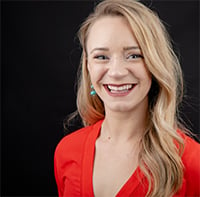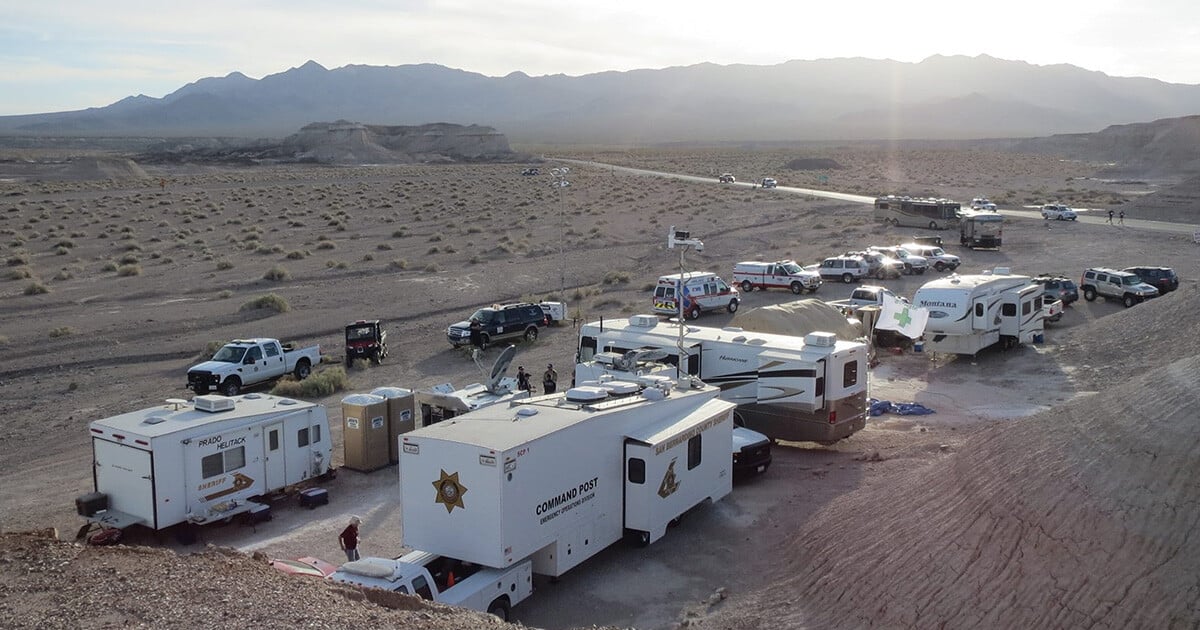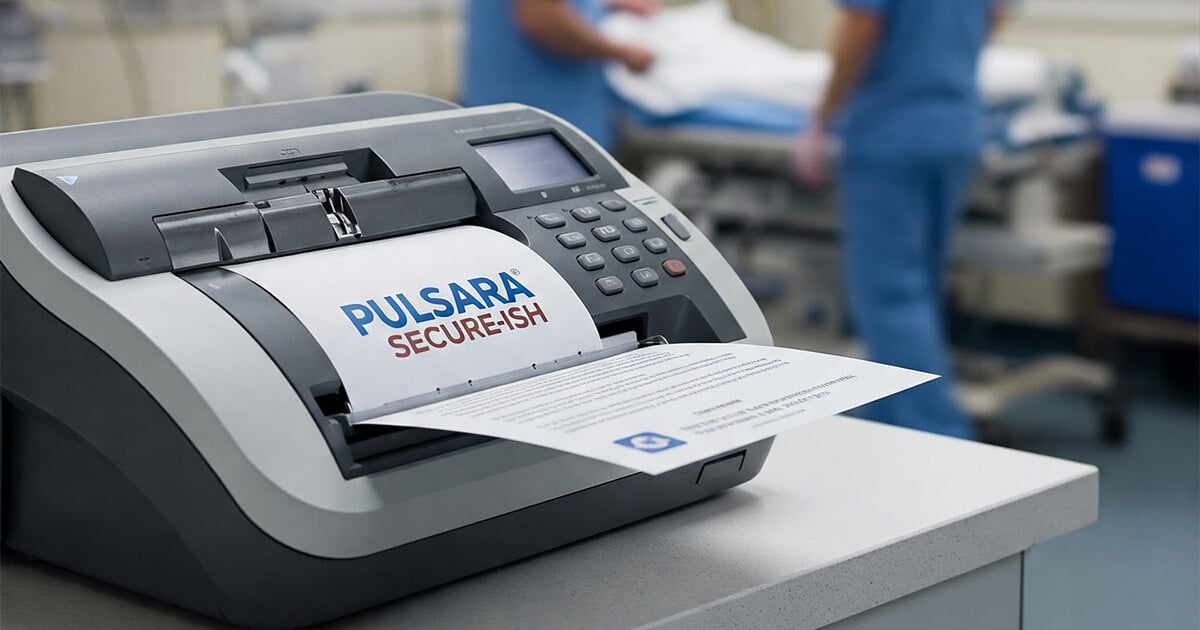Baker to Vegas: Leveraging Pulsara to Manage a Planned Event
Although they have the advantage of prior awareness and preparation, large-scale planned events pose unique challenges for emergency management...
2 min read
 Hannah Ostrem
:
Mar 07, 2017
Hannah Ostrem
:
Mar 07, 2017

Why do we do what we do?
At Pulsara, our "WHY" is to empower TEAMS of caregivers to come together and achieve the best possible outcomes for critical patients as quickly as possible, and with reduced miscommunications and errors.
As clinicians, our "WHY" is to make a difference in the lives of all the patients and their families we touch.
For Pulsara staff and clinicians alike, our "WHY" is also to influence change where change is gravely needed. To move the needle and find new, better ways of treating patients.
One team has truly embraced this mission. The health system in Victoria, Australia, including the Florey Institute of Neuroscience and Mental Health, recently revealed an incredible telemedicine success story:
Last week an article in the Australian Herald Sun, Melbourne's and Victoria's largest newspaper, told about the case of Caitlyn Liersch, a 15-year-old who recently survived a heart attack AND a stroke on the same day. Three weeks after the devastating event, Caitlin went home with reduced sensitivity in her left hand -- an incredibly minor deficit considering what she endured.
 Back in September, 2016, Caitlin was going about her day as usual, getting ready to head off to school when she collapsed. She was rushed to Echuca Hospital where Royal Melbourne Hospital neurologist, Dr. Bruce Campbell, assessed her symptoms via video stream. He also reviewed her brain scans and approved delivery of thrombolysis to stop the stroke.
Back in September, 2016, Caitlin was going about her day as usual, getting ready to head off to school when she collapsed. She was rushed to Echuca Hospital where Royal Melbourne Hospital neurologist, Dr. Bruce Campbell, assessed her symptoms via video stream. He also reviewed her brain scans and approved delivery of thrombolysis to stop the stroke.
The state of Victoria recently implemented an $8.5 million program that aims to deliver neurological care to all stroke victims in less than an hour -- a critical time period after which recovery becomes much more challenging. Caitlin is the 1000th person (and the youngest) to be treated under the initiative. The Herald Sun article points out that if Caitlin had suffered her stroke before the implementation of the Victorian Stroke Telemedicine program, there's a high chance that she would have been left severely disabled.
The program -- which is based at the Florey Institute of Neuroscience and Mental Health and now covers all 16 of the state's regional hospitals -- puts 94% of Victorians within an hour of expert stroke care. The co-leader of the program, Professor Christopher Bladin, said they are planning to extend the program to other states in efforts to end the "postcode lottery" of healthcare for the 55,000 Australians who suffer a stroke each year. According to the article, Professor Bladin said "Time is brain, with stroke. For every minute faster you get stroke care, you save one day of life free of disability."
Caitlyn has made a near full recovery and is attending school full time, while she receives treatment for the virus which caused her heart attack and in turn led to the stroke. The article quotes Caitlyn as saying: "I just feel very, very lucky."
And Caitlyn is lucky.
She's lucky she lives in close proximity to the care teams that were able to treat her so quickly. She's lucky Dr. Campbell was able to remotely diagnose her stroke and order thrombolysis. And she's lucky she's young enough that her body has almost completely recovered from her double-emergency incident.
But what's not owed to luck is the seamless way in which her care teams handled their communication during her case. These teams know that 80% of medical errors are due to miscommunication, and they were unwilling to live with those risks. No, that's not luck. That's professional responsibility. That's the way of medicine in 2017.

Although they have the advantage of prior awareness and preparation, large-scale planned events pose unique challenges for emergency management...

For Those Who Love a Good "Oopsie!" At Pulsara, we pride ourselves on enabling secure, HIPAA-compliant communication for healthcare teams. But let’s...

March Recap A New Integration: Improving Data Management, Streamlining Workflows, and Improving Care CoordinationOnly a few days ago, we announced...